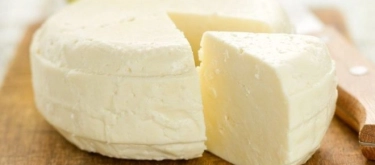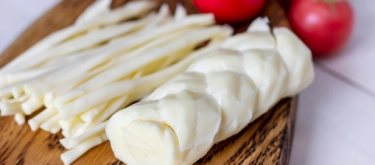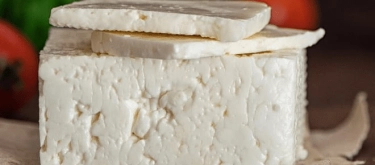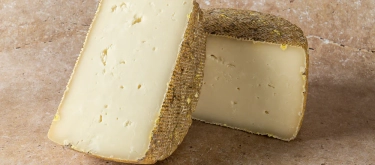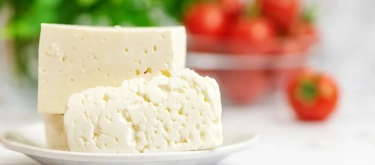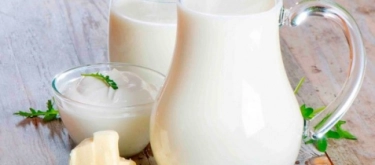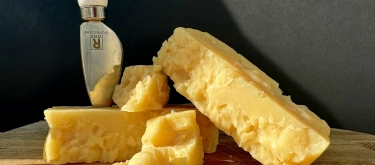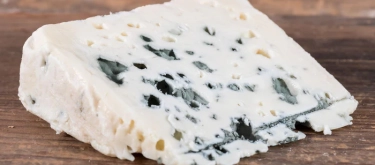Halloumi: Taste Profile, Aroma, Benefits and Health Risks
Halloumi cheese originates from the Mediterranean island of Cyprus, where it has been produced for centuries using a traditional technique involving curd cooking and brining. Known for its unique ability to retain shape and develop a delightful golden crust when grilled or fried, halloumi has become internationally popular in both Mediterranean and modern global cuisine.
Halloumi cheese traditionally contains dairy (sheep’s, goat’s, or cow’s milk), making it unsuitable for individuals with lactose intolerance, dairy allergies, or vegan diets. It is naturally gluten-free but often high in sodium, so moderation is recommended, especially for those with dietary restrictions.
What does Halloumi taste like?

Complete Sensory Description
Taste:
Halloumi cheese offers a distinctive mild, salty flavor balanced by subtle tanginess. Its briny taste is complemented by creamy dairy undertones, making it exceptionally appealing when cooked, grilled, or pan-fried.
Aroma:
Fresh halloumi has a mild, clean, slightly briny aroma. When cooked or grilled, it develops a rich, buttery fragrance with inviting caramelized notes.
Texture:
Halloumi is famously firm, dense, and chewy, developing an appealing crisp outer crust and tender, slightly springy interior upon grilling or frying. Its unique texture is unlike most other cheeses, making it highly valued in culinary preparations.
Appearance:
Fresh halloumi is pale white to ivory-colored with a smooth, dense consistency. Cooked halloumi develops a beautiful golden-brown exterior, remaining firm yet pleasantly chewy inside.
Varieties and Culinary Impact
-
Traditional Halloumi:
Primarily made from sheep’s or goat’s milk (or a blend); salty, firm, and excellent for grilling. -
Cow’s Milk Halloumi:
Slightly milder flavor, creamier texture, widely available and popular for general cooking use. -
Flavored Halloumi:
Infused with herbs, spices (mint, chili, oregano), enhancing its versatility and culinary appeal.
In-depth Flavor Analysis
-
Balanced Saltiness:
Halloumi’s flavor profile prominently features salty, savory notes due to traditional brining, balanced by mild dairy sweetness. -
Caramelization and Umami:
Cooking halloumi introduces delightful caramelization, deepening its savory profile with rich, buttery, slightly nutty notes and pronounced umami character. -
Minimal Acidity:
A very gentle tanginess complements rather than dominates, enhancing culinary versatility without overwhelming accompanying flavors. -
Flavor Evolution:
Halloumi’s taste dramatically improves when heated—transforming its flavor from mild, salty freshness to richer, deeper, caramelized savoriness.
Culinary Applications
-
Grilling and Pan-Frying:
Halloumi is best known as a grilling cheese, offering delicious results when fried, grilled, or barbecued, developing a golden crust and chewy interior. -
Salads and Appetizers:
Serve grilled or fried halloumi slices atop salads or in appetizers combined with tomatoes, cucumbers, olives, and fresh herbs. -
Sandwiches and Wraps:
Use grilled halloumi slices in wraps, sandwiches, burgers, or pitas for protein-rich vegetarian options. -
Breakfast Dishes:
Combine with eggs, spinach, mushrooms, or avocado for hearty, flavorful breakfast dishes. -
Mediterranean Cuisine:
Essential in traditional dishes such as halloumi saganaki or halloumi kebabs, widely enjoyed throughout Mediterranean cooking.
Selection and Storage
Selecting Quality Halloumi:
- Choose firm halloumi cheese with a uniform, creamy-white appearance and fresh, briny aroma.
- Prefer halloumi in sealed vacuum packages or brine for optimal freshness and shelf-life.
Storage Recommendations:
- Store refrigerated below 5°C (41°F) in original brine or airtight containers.
- Once opened, consume within 7–10 days; unopened halloumi can last several months refrigerated.
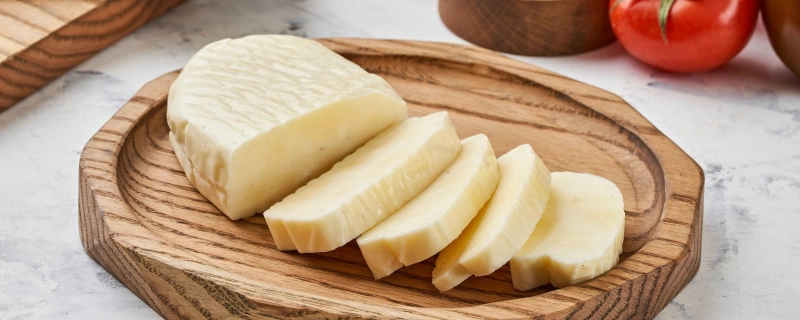
Nutritional Insights
-
Rich in Protein:
Provides high-quality protein beneficial for muscle maintenance, recovery, and general wellness. -
Calcium and Minerals:
Excellent source of calcium and phosphorus, contributing significantly to healthy bones and teeth. -
High Sodium Content:
Its saltiness from brining warrants moderate consumption, particularly for individuals managing high blood pressure. -
Fat Content:
Halloumi contains moderate-to-high levels of fat, so balanced dietary intake is recommended.
Expert Insights & Culinary Tips
-
Ideal Cooking Techniques:
Experts recommend grilling or pan-frying halloumi over medium-high heat briefly (1–2 min per side) to avoid toughness. -
Pairing Recommendations:
Halloumi pairs excellently with fresh citrus fruits (lemon, lime), watermelon, mint, basil, tomatoes, and sweet chili sauce. -
Soaking Tip:
Reduce saltiness by briefly soaking halloumi in fresh water or milk (about 30 minutes) prior to cooking.
Interesting and Curious Facts
- Halloumi originated in Cyprus around 1,500 years ago, with its unique cooking properties making it a durable and portable food staple for travelers.
- In Cyprus, authentic halloumi preparation is considered culturally significant, protected as a traditional product by PDO certification.
- Due to its exceptional ability to resist melting, halloumi is affectionately known globally as “grilling cheese.”
How to Enjoy Halloumi
- Grill or fry slices and serve hot with lemon, olive oil, and fresh herbs.
- Add grilled halloumi to fresh Mediterranean salads or grain bowls for a protein-rich enhancement.
- Include crispy halloumi strips in sandwiches, wraps, or burgers for texture and flavor.
- Experiment with halloumi kebabs or skewers combined with vegetables for delightful appetizers.
Harm and Dietary Considerations
-
High Salt Content:
Consume in moderation, especially if managing dietary sodium intake due to cardiovascular concerns. -
Dairy Allergies & Lactose Intolerance:
Unsuitable for lactose-intolerant individuals or those allergic to dairy. -
Fat and Caloric Density:
Due to moderate-to-high fat content, portion control is advised within balanced diets.
Final Thoughts & Sensory Journey
Halloumi cheese offers an unparalleled culinary experience characterized by its irresistible salty-sweet flavor, satisfying chewy texture, and unique grilling properties. Each bite brings a delightful contrast between crispy exterior and tender interior, perfectly complemented by fresh, Mediterranean-inspired ingredients. Halloumi elevates everyday meals, providing a memorable sensory journey rooted in ancient tradition and modern culinary creativity.
Resources
- Fox, P.F., & McSweeney, P.L.H. (2017). Cheese: Chemistry, Physics, and Microbiology. Academic Press.
- European Commission. (2022). Halloumi PDO: Traditional Cheese Production and Culinary Importance.
- USDA Food Data Central (2023). Halloumi Cheese Nutritional Composition and Health Insights.
